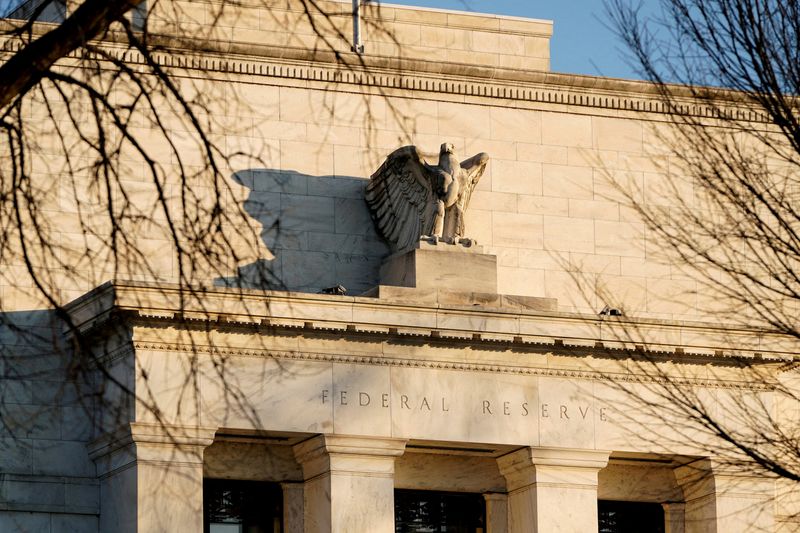(Reuters) – Federal Reserve policymakers got fresh reasons to hold short-term borrowing costs steady after government data signaled renewed strength in the U.S. job market, with traders now betting the U.S. central bank will wait until June to cut interest rates again and end its rate-cutting cycle there.
Nonfarm payrolls increased by 256,000 jobs last month, well above the gain of 160,000 expected by economists in a Reuters poll, the Labor Department’s monthly jobs report showed. The unemployment rate ticked down to 4.1% from 4.2%.
Before the release of the data, traders had seen the Fed cutting rates as early as May and had priced in about a 50% chance of a second rate cut before the end of the year.
U.S. central bankers had already signaled in December they would probably slow the rate cuts this year and beyond, given stickier-than-expected inflation coupled with rising uncertainty over the outlook in the face of President-elect Donald Trump’s vow to implement new economic policies including broader tariffs and limits on immigration when he takes power on Jan. 20.
The new employment data argues for more policy caution, analysts say.
“If the labor market continues this way and Trump enacts his tariff policies, we’ve probably seen the end of the easing cycle,” said Peter Cardillo, chief market economist at Spartan Capital Securities.
The Fed had begun cutting rates last September with a bigger-than-usual half-percentage-point move in part to protect the labor market from what at the time appeared to be some cracks starting to show in the U.S. labor market.

By December, as the central bank cut its benchmark overnight interest rate to the current 4.25%-4.50% range, those fears had largely eased, and policymakers said they felt the job market could be near another turning point.
“With business optimism so high and labor supply unlikely to continue to grow so robustly, it feels like the current labor market equilibrium is more likely to break toward hiring than toward firing,” Richmond Fed President Thomas Barkin said in recent comments, citing a survey of chief financial officers that his regional Fed bank helps field and which showed a post-election jump in the outlook.

